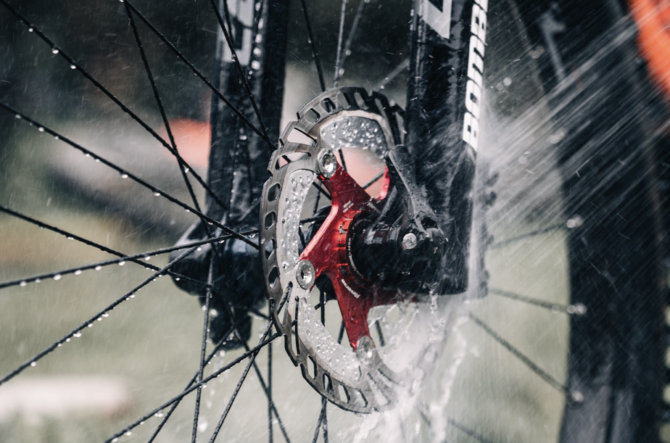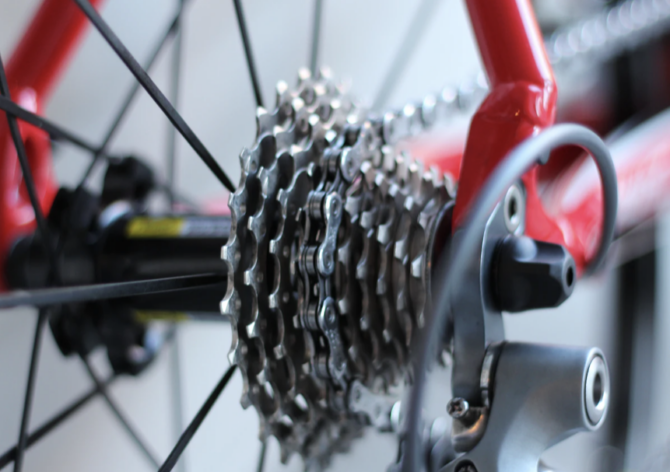From SoCalCycling.com
Embarking on a journey astride a bicycle not only connects us to the world around us but also unveils the vulnerability we face on the open road. The sense of liberation can, unfortunately, be accompanied by the lurking danger of accidents. Recognizing the intricacies behind bicycle accidents is pivotal for any cyclist, and the art of self-preservation becomes paramount. This comprehensive exploration delves into the multifaceted reasons contributing to bicycle accidents, coupled with practical strategies for safeguarding oneself against these perils.
LACK OF VISIBILITY: A LEADING CULPRIT
The pervasive lack of visibility stands as a formidable adversary for cyclists, often propelling them into situations where their presence is easily overshadowed by larger vehicles. Intersections and lane changes become treacherous grounds, where cyclists risk collision due to their diminutive profile. Combatting this hazard involves a multifaceted approach. Equipping oneself with high-visibility clothing and accessories, such as reflective vests and blinking lights, becomes a visual assertion demanding attention. Moreover, strategic route planning that favors well-lit pathways and a conscientious awareness of blind spots are essential practices in minimizing the risks posed by inadequate visibility.
RECKLESS DRIVING BEHAVIORS: A SHARED RESPONSIBILITY
Reckless driving behaviors, such as disregarding traffic signals or exceeding speed limits, are catalysts for accidents involving bicycles. To ensure personal safety, cyclists must adhere rigorously to traffic rules, offering predictability to their motorized counterparts. In California, the “Three Feet for Safety Act” dictates that vehicles must maintain a minimum distance of three feet when overtaking cyclists, exemplifying how legislation aims to safeguard cyclists from reckless driving behaviors. In case of an unfortunate accident, working with reliable can help cyclists navigate the legal complexities and secure their rights. However, preventing such accidents requires a shared responsibility, where all road users must uphold their civic duty in promoting road safety.
Photo by Ian Valerio on Unsplash




